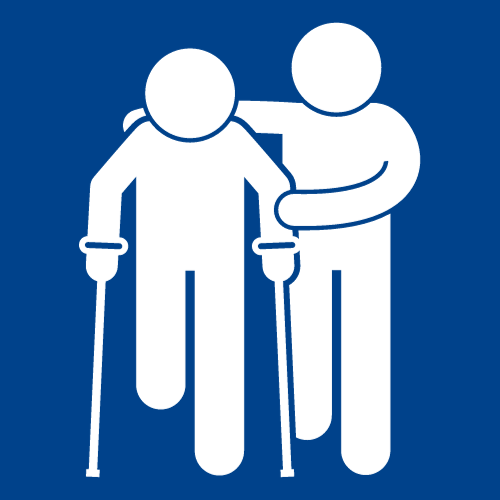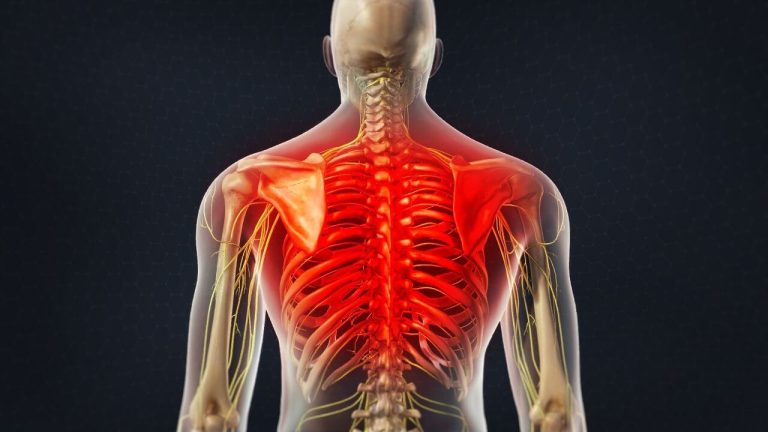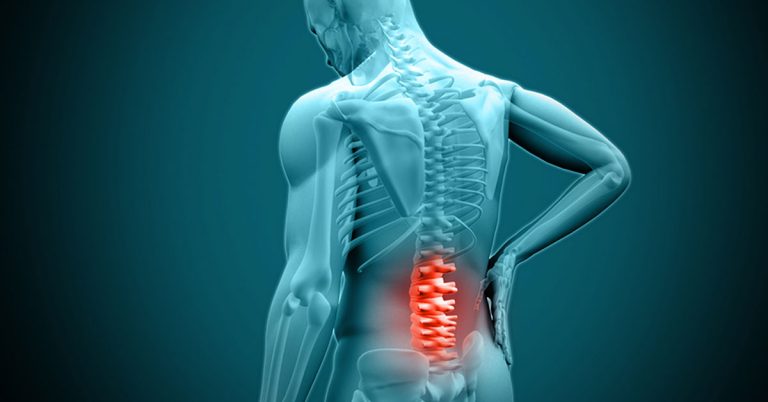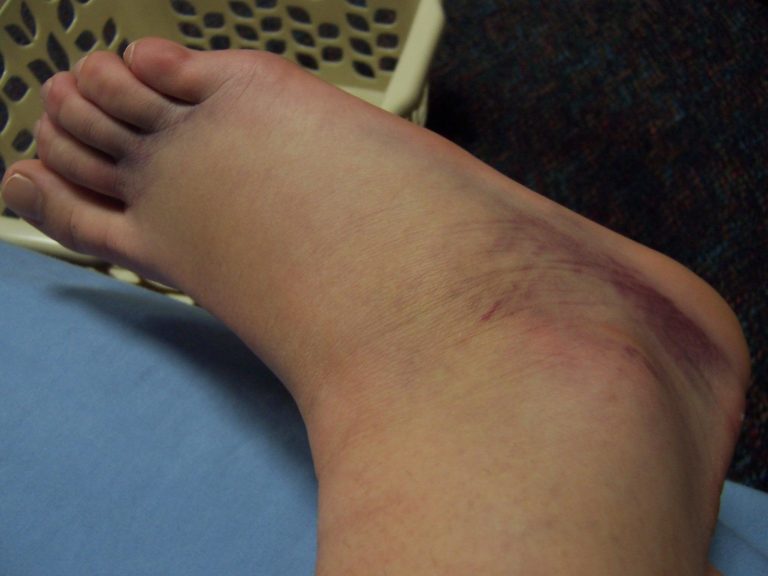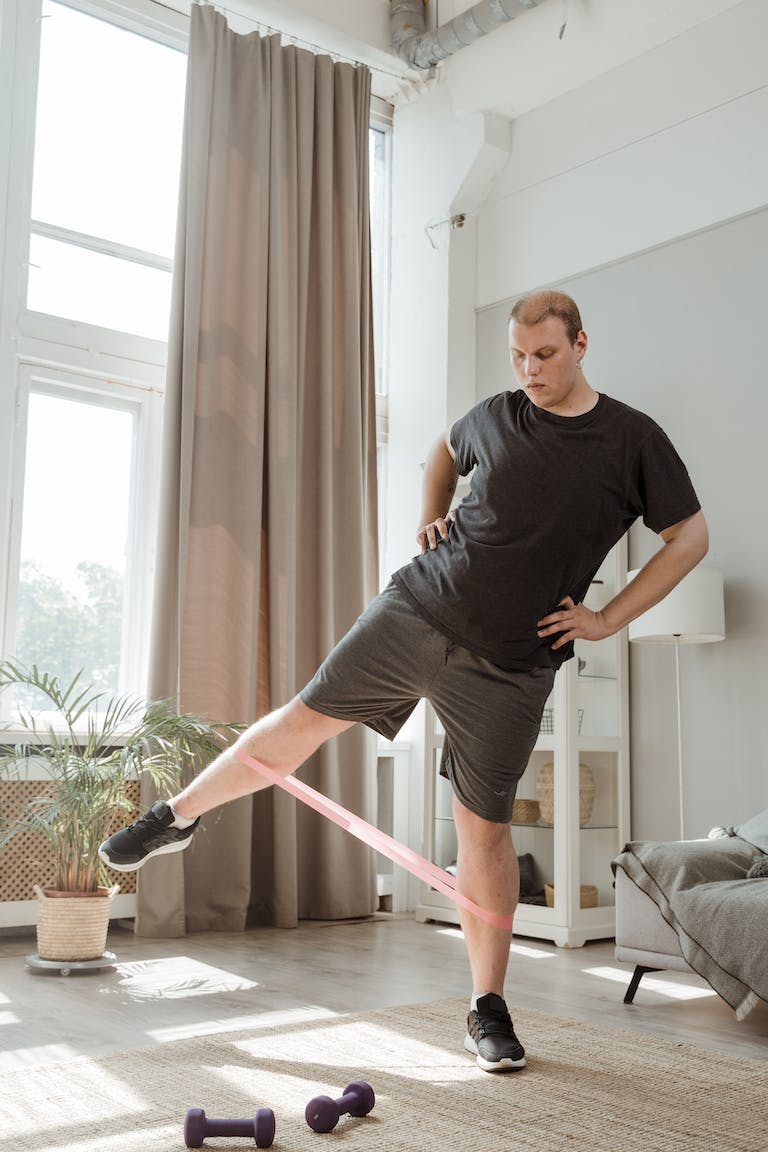I was visiting a seasoned and talented orthopedic surgeon the other day, as I often do when I have slow days in the clinic, in hopes of improving referral relations. I thanked the surgeon for his recent referral of a few of his postoperative knee patients to my office who had responded very well to my services. I then asked him about his usual management of his spinal patients, and he quickly told me that he often refers these patients to a local chiropractor because he feels they are in need of spinal manipulation.
PT Scope of Practice
I took the the opportunity to inform him that a large part of my practice is the treatment of spinal pain and that spinal manipulation is part of the array of treatment options I employ to treat these disorders. The surgeon then replied “where did you learn to do that”? I replied that I was taught during PT school, and afterwards through elective continued education course work. In fact, I have been performing these techniques my entire 20+year career. I then thought to myself, if an orthopedic surgeon has no idea of the scope of PT practice,what is the general populations perception of PT services?
PT Scope of Practice Includes Spinal Manipulation The Guide to Physical Therapist Practice provides the framework for describing physical therapist practice. Included among the described interventions are manual therapy techniques, which encompass mobilization and manipulation, defined as a continuum of skilled passive movements to the joints and/or related soft tissues that are applied at varying speeds and amplitudes, including a small-amplitude and high-velocity therapeutic movement commonly referred to as thrust joint manipulation (TJM).

History of Spinal Manipulation in PT Practice
Documentation of TJM being part of physical therapy practice dates back to the beginning of the profession in the 1920’s. From 1921 to 1936 there where at least 21 professional journal articles and book reviews in the PT literature on the subject of spinal manipulation.
PT Pioneers in Spinal Manipulation
In the 1960s, several physical therapists emerged as international leaders in the practice and instruction of manipulation. Freddy Kaltenborn from Norway, Geoffrey Maitland from Australia, Robin McKenzie and Stanley Paris from New Zealand are among the most famous of these pioneers. Numerous PT’s from all over the world have since been trained by these influences and their disciples through numerous professional and post professional programs in the US and abroad.
Guidelines Support Use of Spinal Manipulation
The first guideline to recommend Thrust Joint Manipulation (TJM) for acute low back pain was that of the United States Agency for Health Care Policy and Research which ranked the evidence for manipulation higher than the evidence for any other treatment included in the review. An Interesting side note is that of the 27 studies used in this guideline 44% of the studies used PT’s to perform the TJM,18% were performed by chiropractors, the remaining 38% of the studies cited used osteopaths or medical doctors to perform the TJM.
PT Research Supports Use of Spinal Manipulation
PTs are also leaders in TJM research for patients with neck pain. The neck pain clinical practice guidelines also tend to support a multifaceted treatment approach that combines non-thrust or thrust manipulation with specific therapeutic exercise programs. Recent research completed by PTs supports the use of TJM techniques for the thoracic spine as part of the treatment for neck pain and the combination of specific exercise with manual physical therapy for the treatment of neck pain and headaches.
The fact that physical therapist researchers and clinicians are leading the way in demonstrating the effectiveness of TJM further illustrates that PTs are safe and effective providers of TJM for treatment of spinal disorders.The argument of who should provide manipulation to those in need is a turf battle primarily initiated by the chiropractic profession. In reality several medical professionals have adequate training to provide TJM among the short list would be the MD. DO, DC, and PT.
Limited Use of Spinal Manipulation in Practice
In the daily treatment of spinal pain in my practice, TJM is only a small part of my management of spinal disorders. I tend to focus on active interventions that involve the patient’s own movements and participation. I use passive treatments such as TJM sparingly for those who are having difficulty managing or abolishing their symptoms with less aggressive techniques. I choose to do this to avoid dependency on the hands of the clinician and to empower my patients to take control of their own care.
I find only a small percentage of the spinal patients I see actually require a manual technique such as TJM to resolve their pain. The vast majority if given the opportunity can be taught exercises that are as effective if not more effective in relieving pain. None the less I have the training and experience to provide TJM if necessary and the medical profession and the general population should be aware of this.
